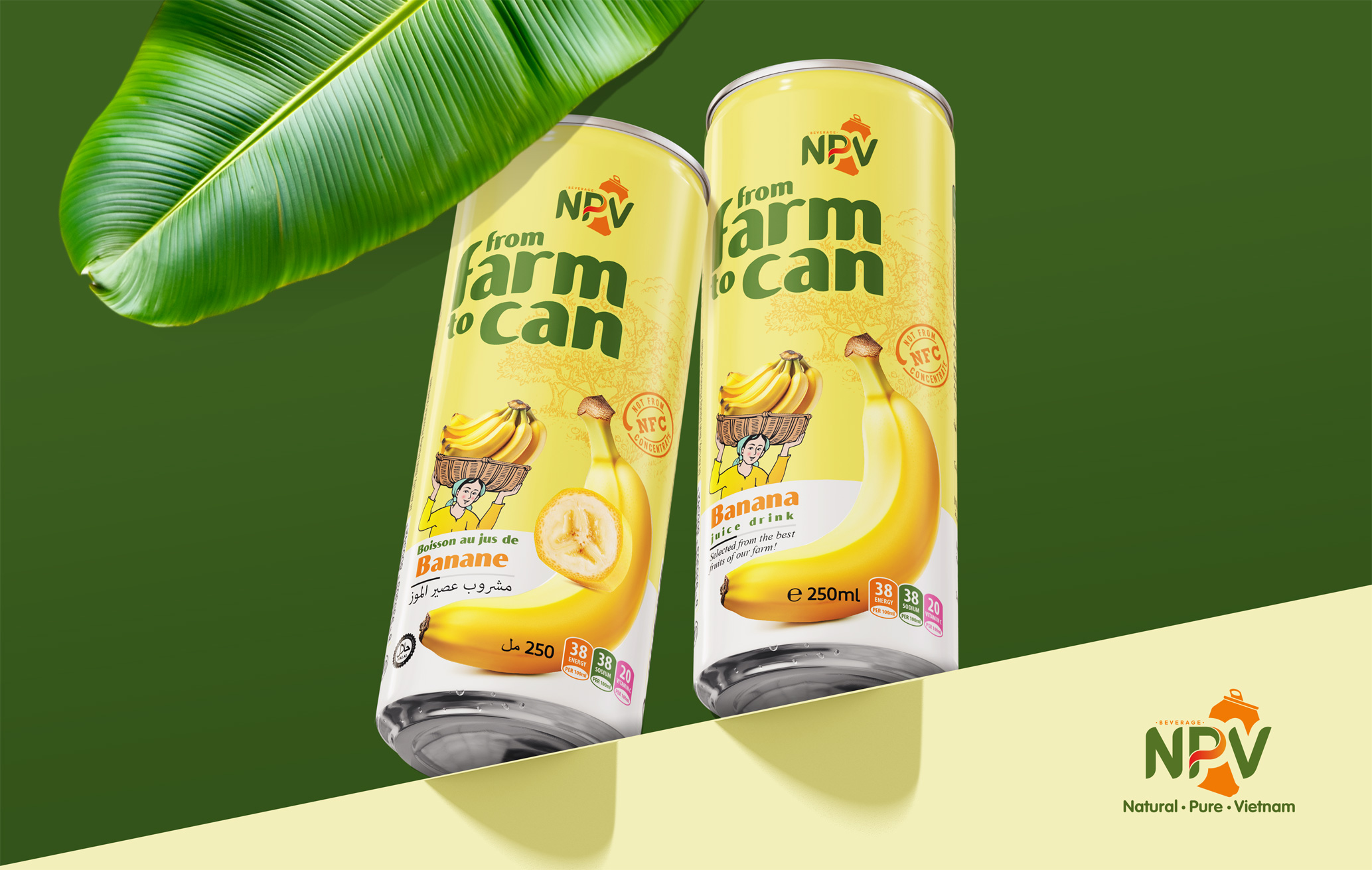Must Try Tropical Fruit Lychee
Lychee fruit was planted in Vietnam from the late 19th century to the early 20th century. In the beginning, the number of plants was very small in Thanh Ha. Nowadays, we can easily see fruit-laden lychee gardens in many places like Luc Ngan, Bac Giang, Hai Duong.
Lychee is a tropical tree with a height of up to 20m. Leaves are feathery 15 – 25cm long and alternate.
The flowers of lychee are small, grow in clusters of 10 or more with white, yellow or green colors. These flowers have a very characteristic fragrance.
Lychee fruit weights about 20g with many shapes, from spherical, egg-shaped to heart-shaped. The skin of the fruit is thin, tough, green when young, and turns red or pink when ripe.
The flesh is thick, white, and has a sweet, sometimes slightly sour taste. In the middle, the brown seed has mild toxicity and should not be eaten.
 The lychee season usually lasts 3 months, from May till end of July and it is best served in June (Photo: Internet)
The lychee season usually lasts 3 months, from May till end of July and it is best served in June (Photo: Internet)
Thanh Ha lychee: Thanh Ha is the hometown of lychee. The lychee from Thanh Ha has thin skin, thick pulp, when ripe, the skin has a beautiful pinkish-red color. This is also a popular fabric and has a high price when exporting.
Luc Ngan lychee: Bac Giang Province specialty is famous for its large, succulent when ripe. Luc Ngan lychee has a darker color than Thanh Ha lychee, the sweet taste is typical of the fertile Bac Giang land.
Nutritional Value of Lychee

Lychee contains a lot of water and carbohydrates, accounting for 82% and 16.5% of the weight (Photo: Internet)
On average, 100g of fresh lychee includes nutrients such as:
Energy: 66kcal
Water: 81.8g
Carbohydrates: 16.53g)
Protein: 0.83g
Vitamin C: 71.5mg
Vitamin B1: 1% of the recommended daily value (DV)
Vitamin B2: 5% DV
Vitamin B3: 4% DV
Vitamin B6: 8% DV
Vitamin B9: 4% DV
Many minerals: 5mg calcium, 31mg phosphorus, 171mg potassium, 10mg magnesium,…
How to Choose to Buy Fresh Lychee

To select lychee, you should choose the bright red skin that’s about 1 inch in diameter. Observing the spines on the fruit skin, if smooth, it means that the lychee is ripe. If it is sharp, means the fruit will not be ripe.
Ripe lychee will have a mild aroma, not a fermented or unusual odor.
Lightly separate the stem on the lychee, the white color is the fresh lychee.
Health Benefits of Tropical Fruit Lychee
 Tropical fruit lychee and its juice are good for your health
Tropical fruit lychee and its juice are good for your health
Boosts Immune System
Lychee and lychee juice is rich in vitamin C which can help to boost the body’s ability to protect against the attack of harmful free radicals and pathogens.
Improves The Health of The Skin
Many antioxidants found in lychee is beneficial for the skin. Lychee is rich in skin-friendly substances such as thiamin, niacin, and copper. Thiamin supports the body’s metabolism of fats and proteins for healthy skin. Niacin promotes hydration levels in the skin and copper accelerates the repair of damaged skin.
Benefits for digestion
Lychee is rich in fiber that stimulates gastric and digestive juices, so the absorption of nutrients is efficient, increasing the speed of food passing. It also helps to prevent constipation and other gastrointestinal disorders.
Controls blood pressure
Thanks to high potassium, lychee help to control blood pressure. This nutrient can help the body excrete excess sodium, thereby controlling blood pressure to maintain a stable level. Keeping your blood pressure under control will reduce your risk of stroke and heart attack.
Replenishes Body Water
The abundant water content in lychee can quench thirst and cool the body on hot summer days. You can replenish water and electrolytes by eating lychee directly or squeezing it into drinking water.
Improves blood circulation
Copper found in lychee is an integral part of RBC formation. Therefore, the copper content can boost blood circulation and may increase the oxygenation of the organs and cells.
Read more news here







